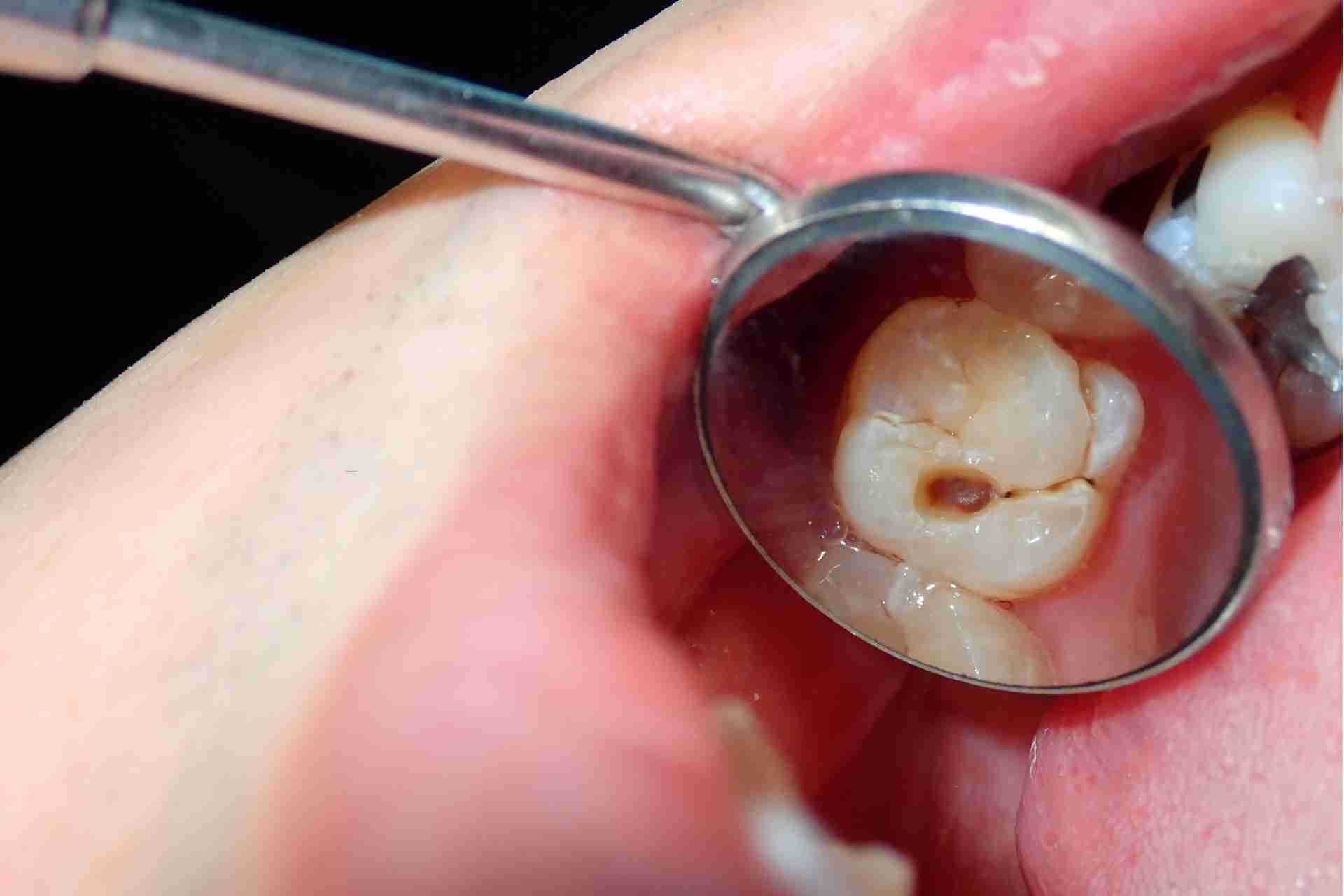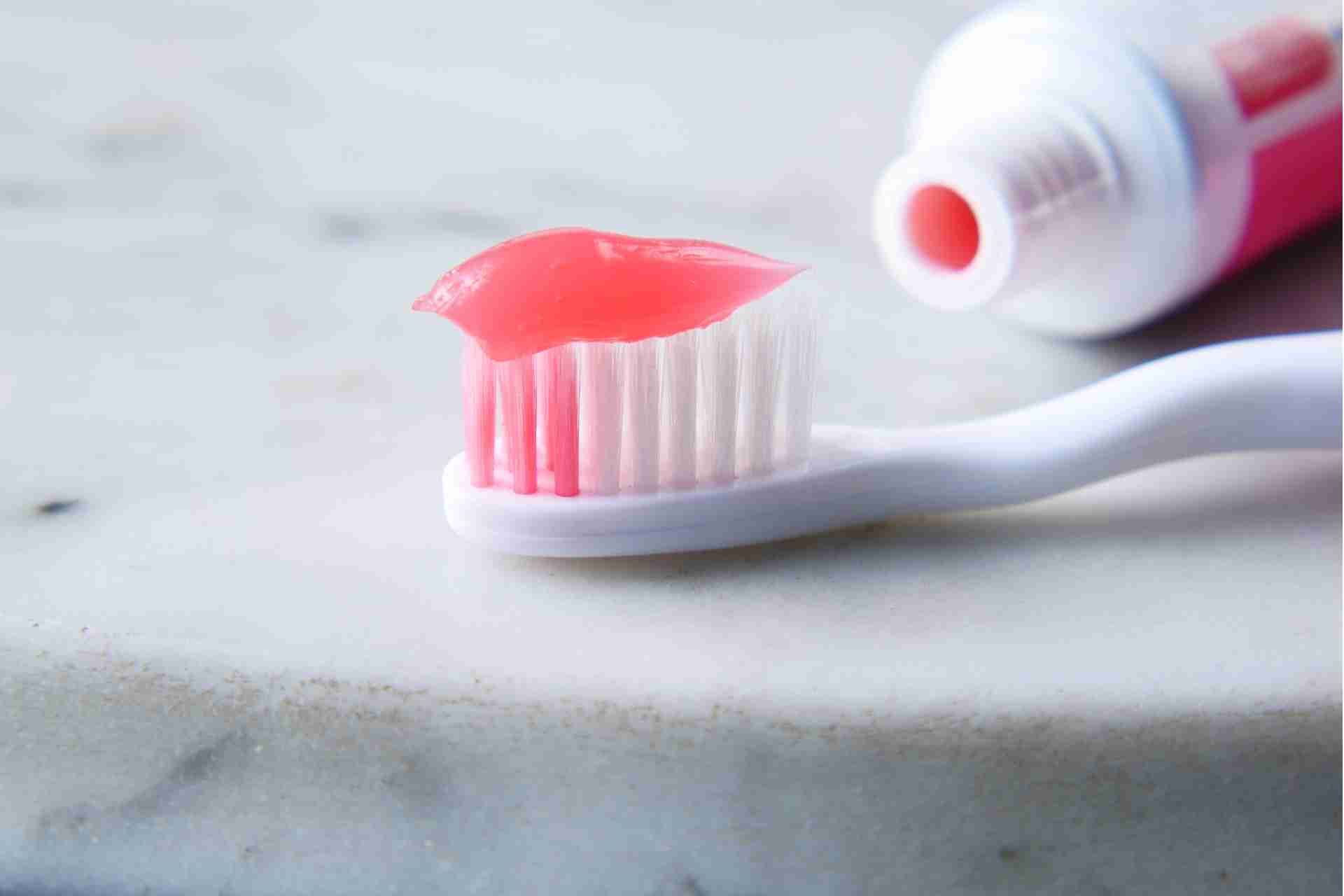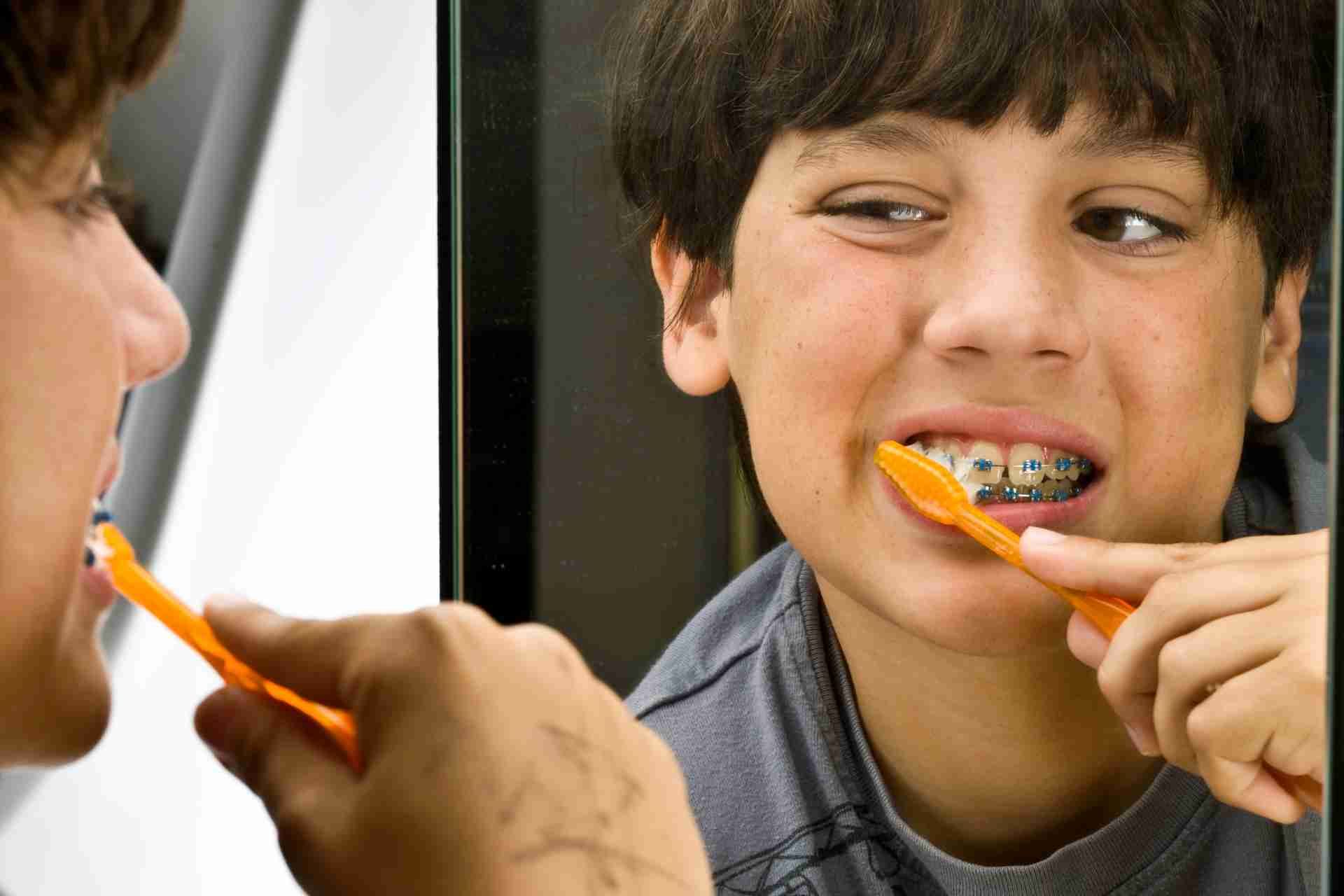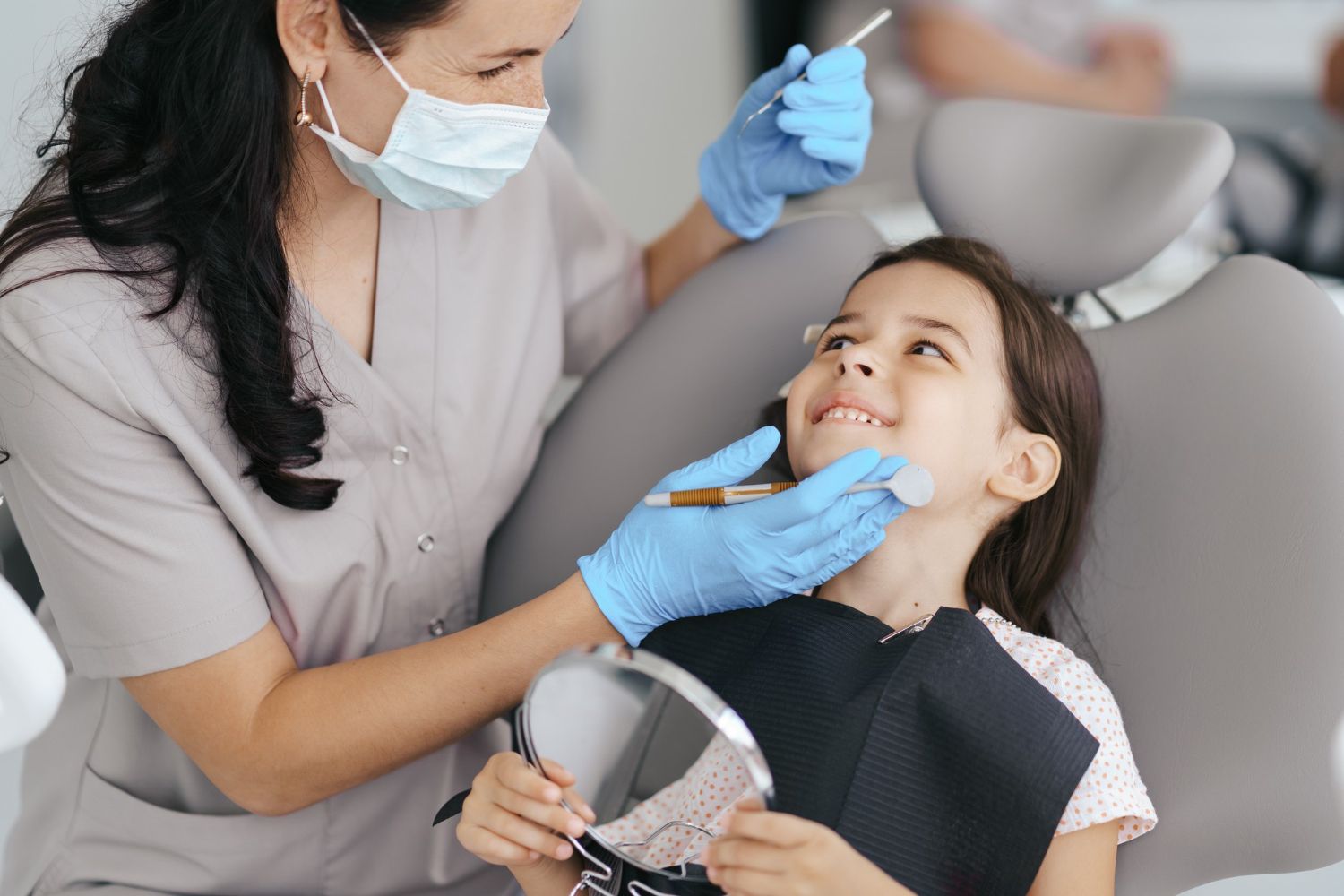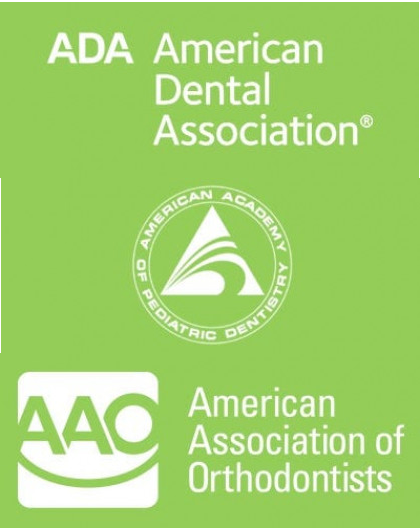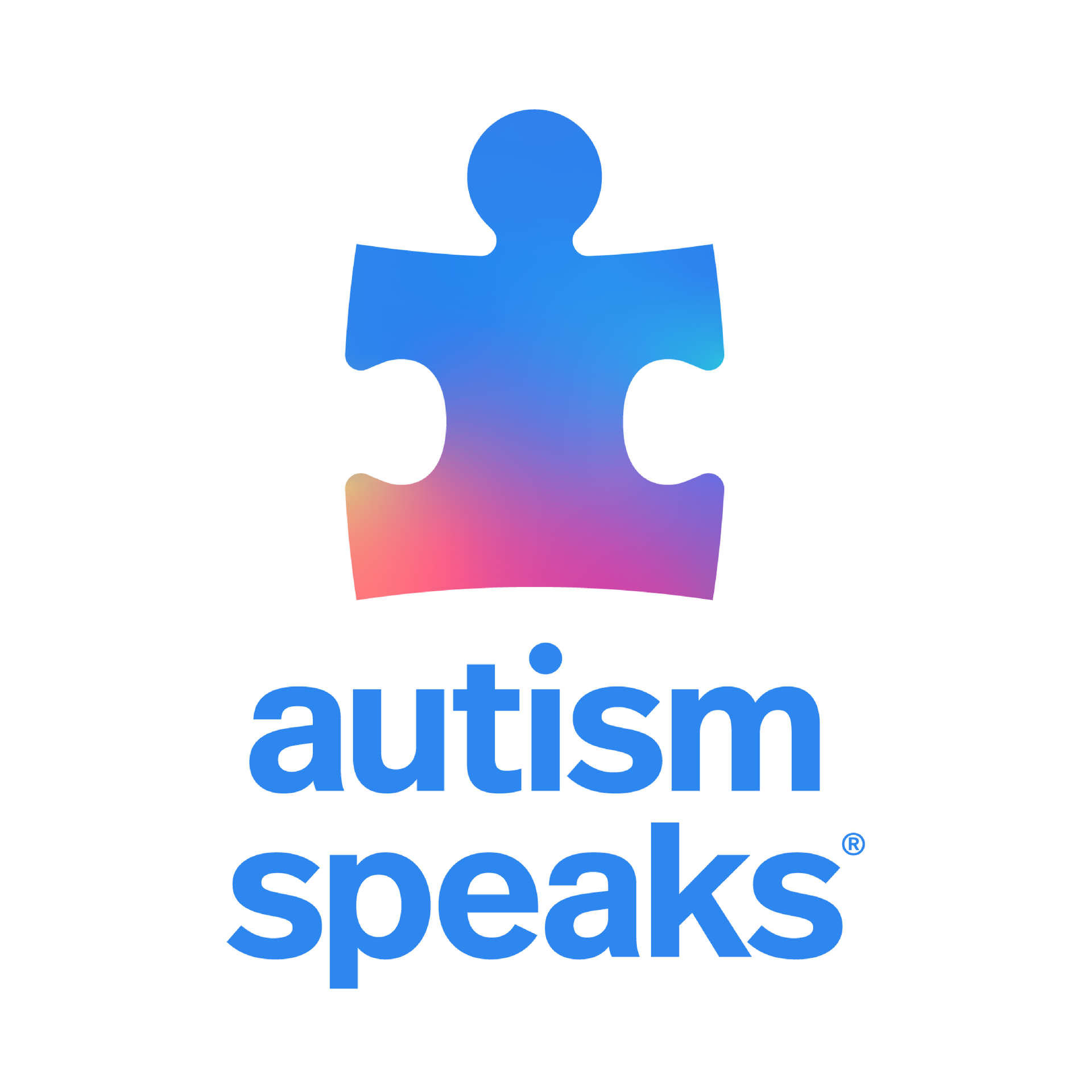How to Care for Braces: A Parent’s Guide
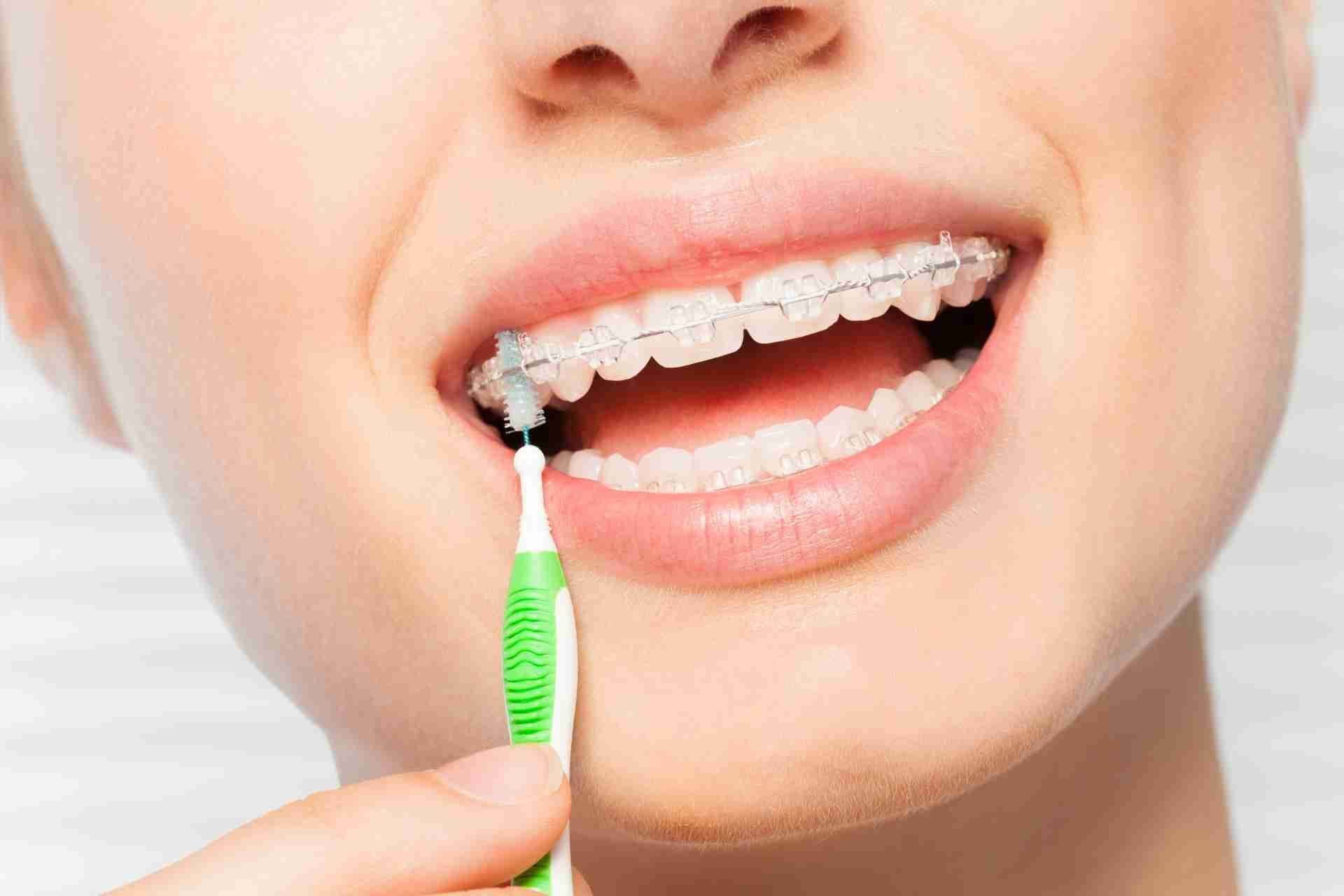
Caring for your child's braces is crucial for a successful orthodontic journey. You'll want to establish a solid oral hygiene routine and be aware of specific foods to avoid. Regular orthodontic visits also play a key role in monitoring progress. But there's more to it than just these basics. Understanding the full scope of care can make a significant difference. Let's explore each aspect together to ensure your child's smile stays on track.
Understanding Braces: Types and Functions
Braces are essential tools for achieving a straighter smile and improving dental health.
You'll encounter various types of braces, each designed to suit different needs. Traditional metal braces use brackets and wires to gradually shift teeth into alignment. Ceramic braces blend in with your teeth for a more discreet option. Lingual braces attach to the back of your teeth, making them nearly invisible.
For those looking for a removable solution, clear aligners like Invisalign offer flexibility while still effectively correcting misalignments. Each type functions by applying gentle pressure to your teeth over time, encouraging them to move into the desired position.
Understanding these options helps you choose the best fit for your needs, ensuring a successful orthodontic journey.
Establishing a Daily Oral Hygiene Routine
Maintaining a healthy smile while wearing braces requires a dedicated daily oral hygiene routine. Start by brushing your teeth at least twice a day using a soft-bristle toothbrush and fluoride toothpaste.
Make sure to brush around the brackets and wires, as food particles can easily get trapped there. Don't forget to use an interdental brush or floss threader to clean between your teeth and braces effectively.
Rinse with an antibacterial mouthwash to help reduce plaque and freshen your breath. Encourage your child to practice this routine consistently, as it's crucial for preventing cavities and gum disease.
Regular dental check-ups will also help ensure their braces stay in good condition. Staying committed to oral hygiene will lead to a healthier, brighter smile.
Foods to Avoid With Braces
While you're adjusting to life with braces, it's important to be mindful of what you eat. Certain foods can damage your braces or make oral hygiene tricky.
Steer clear of hard foods like nuts, hard candies, and popcorn, as they can break brackets or wires. Sticky foods, such as caramel and taffy, can get stuck in your braces, making cleaning difficult. Avoid chewy breads and bagels, too, since they can put pressure on your braces.
Don't forget to skip crunchy fruits and veggies like apples and raw carrots unless they're cut into small pieces. By steering clear of these foods, you'll help keep your braces intact and your oral health on track.
Recommended Foods for Braces Wearers
Choosing the right foods can make a big difference in your experience with braces. Soft foods like yogurt, mashed potatoes, and smoothies are great options that won't irritate your mouth.
You can also enjoy tender fruits like bananas and applesauce, which are nutritious and easy to eat. Cooked vegetables, such as carrots and squash, provide essential vitamins without being hard on your braces.
Lean proteins like eggs, chicken, and fish are also beneficial, as they're soft and filling. When it comes to grains, opt for soft bread, pasta, and rice.
Remember to stay away from sticky or hard foods that can damage your braces. With these recommendations, you'll maintain a balanced diet while keeping your braces intact.
Managing Discomfort and Pain
Adjusting to braces can often lead to discomfort and pain, but there are effective ways to manage these sensations.
Over-the-counter pain relievers, like ibuprofen, can help alleviate soreness, especially after adjustments. Gently rinsing with warm salt water can soothe your gums and reduce inflammation. Applying orthodontic wax on brackets can prevent irritation to your cheeks and lips.
If the discomfort feels unbearable, don't hesitate to reach out to your orthodontist for advice. Eating soft foods can also minimize pain during mealtime; think yogurt, mashed potatoes, or smoothies.
Lastly, encourage regular oral hygiene to avoid additional discomfort from potential issues. Keeping a positive mindset can make this adjustment period easier for both you and your child.
Regular Orthodontic Visits: What to Expect
When you have braces, regular orthodontic visits are crucial for tracking your progress and making necessary adjustments.
Typically, you'll visit your orthodontist every 4 to 8 weeks, depending on your treatment plan. During these appointments, your orthodontist will check the alignment of your teeth and may tighten or replace your wires. You might also receive new rubber bands or other appliances to help with your treatment.
Be prepared for X-rays or scans to ensure everything's on track.
These visits are the perfect opportunity to discuss any concerns you have about discomfort or oral hygiene. Staying consistent with your appointments not only helps speed up your treatment but also ensures your smile turns out exactly how you envisioned it.
Dealing With Broken Braces and Emergencies
Despite your best efforts to care for your braces, accidents can happen. If a bracket breaks or a wire becomes loose, stay calm.
First, assess the situation—if your child isn't in pain, it's usually not an emergency. You can often wait for their next appointment to address minor issues.
However, if they experience discomfort or pain, contact the orthodontist for guidance. In the meantime, you can help by providing over-the-counter pain relief and soft foods.
For a protruding wire, use a pencil eraser to gently push it back or cover it with orthodontic wax to avoid irritation.
Always have your orthodontist's emergency number handy, so you're prepared for any unexpected issues that may arise.
Encouraging Compliance and Confidence in Your Child
To help your child embrace their braces and maintain compliance, it's essential to create a positive mindset around their orthodontic journey.
Start by celebrating their progress and reminding them of the benefits of having braces, like a healthier smile. Encourage open conversations about their feelings and any concerns they may have.
Help them understand the importance of following care instructions, like regular brushing and avoiding certain foods, by turning it into a fun routine. You can also involve them in choosing orthodontic-friendly snacks or colorful bands, making them feel more in control.
Lastly, praise their efforts and achievements, reinforcing their confidence. This approach will foster their commitment to wearing braces and boost their self-esteem throughout the process.
Transitioning From Braces to Retainers
As your child completes their time in braces, transitioning to retainers becomes a crucial step in maintaining that beautiful smile. Retainers help keep teeth in their new positions, preventing them from shifting back.
You'll want to discuss the retainer's care routine with your child. Encourage them to wear it as directed, typically full-time for the first few months, then just at night.
Make sure they understand the importance of cleaning the retainer daily with a soft brush and mild soap. Remind them to avoid eating or drinking while wearing it to prevent damage.
Regular follow-up appointments with the orthodontist will ensure everything's on track. This transition is vital for long-lasting results, so support your child through this process!
Conclusion
By following these tips, you can help your child care for their braces effectively. Encourage good oral hygiene, steer clear of certain foods, and keep up with regular orthodontic visits. Remember, managing discomfort and addressing any issues promptly will make the process smoother. Supporting your child through this journey not only boosts their confidence but also ensures a successful transition to retainers. With your guidance, they'll achieve that beautiful, healthy smile they've been working toward!


